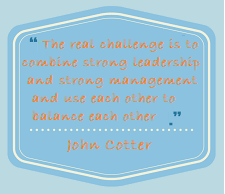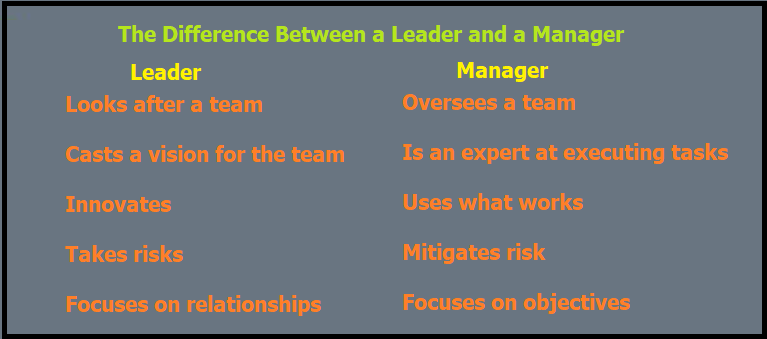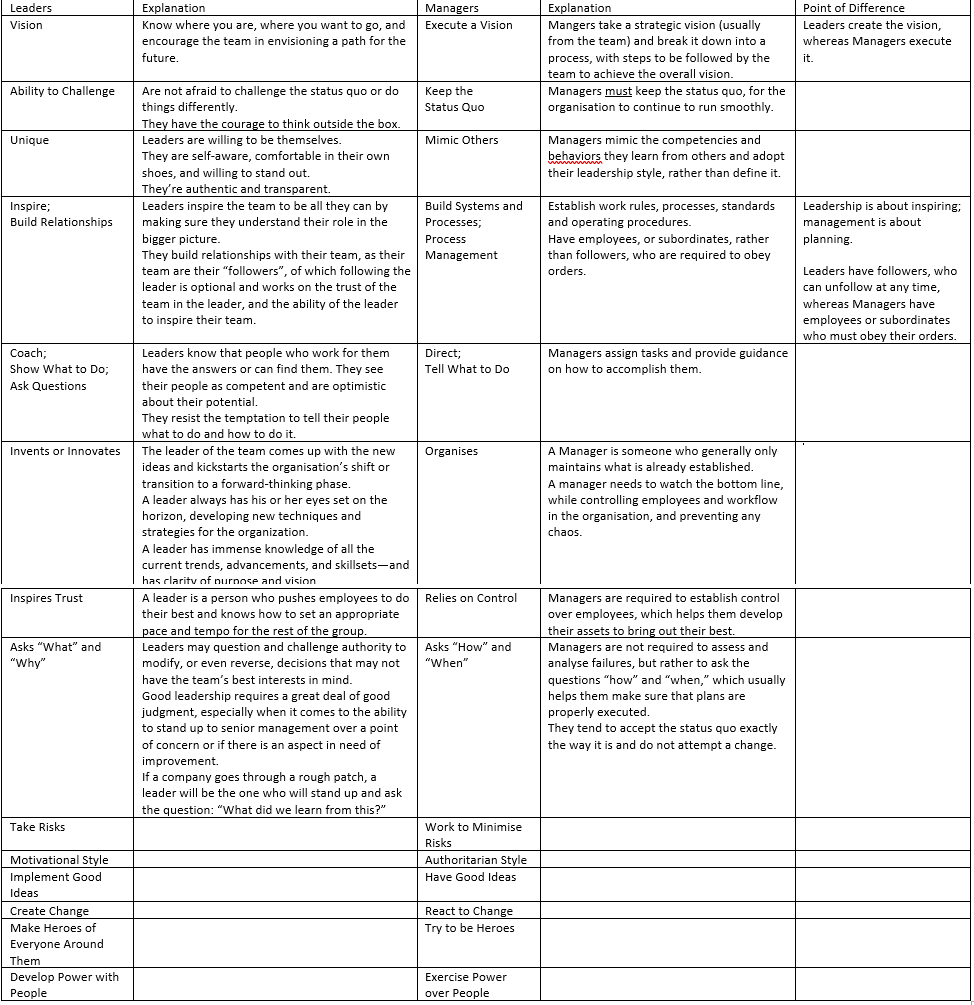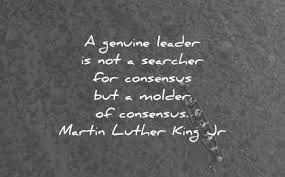


Business Owners and Entrepreneurs
Thursday, 5th December 2019
The Inspire Collective: December Event!
Sponsored by BNI Wellington and Wairarapa, and Urban Hub, The Inspire Collective is hosting
an evening of inspiration for Wellington Business Owners and Entrepreneurs:
Are you looking for a space where you can connect with like-minded business owners and entrepreneurs, without the pressure to network, or the polished sales pitch?Or are you simply interested in opportunities that will allow you to grow as a business person, to think outside the box, and look ahead to what’s over the horizon?If you answered “Yes” to any of these questions, join us on Thursday, 5th December 2019!We’ll be hearing from four of Wellington’s top business thinkers to inspire with their stories and their wisdom – speaker info TBC.
Previous participants have raved about The Inspire Collective’s past events:

Places are limited, so secure your ticket now by clicking here.
Your ticket includes entry to the event, a yummy tasting platter and your first drink.
I publish additional information over on my Facebook page and also on my LinkedIn –
so make sure you are “following” me on Facebook and connected with me on LinkedIn.
Instructions on how to do this are in my March 2019 newsletter, here.
__________________________________________
Leaders Vs. Managers

Are you aspiring to have a more senior role in your workplace? Maybe you’re aiming to be a manager, or a leader; but, do you know the difference between the two roles?
Or, are you a business owner, in which case you need to be both a good leader and a good manager?
The image below shows the main qualities of leaders and managers:

The main difference between leaders and managers is that leaders have people who follow them,while managers have people who work for them.
Leadership is about getting people to understand and believe in your vision and to work with you to achieve your goals while managing is more about administering and making sure the day-to-day things are happening as they should. The other differences are shown and explained in the table, below:

__________________________________________
How to Be An Awesome Leader

You may want to take a leadership style quiz, such as the one here, to find out what type of leader you are, and whether your leadership style is helping or hindering your effective leadership and begin looking for ways to improve the area(s) in which your leadership style is ineffective.

Some top tips on how to be an awesome leader are:
- Be Honest
Inform your team of both good and bad news, and how the company is going to react.
A leader is responsible for establishing a calm environment among your team, so they are sure they are unlikely to be hit with unpleasant surprises.
- Win Trust
Your team will become engaged and loyal if they feel they are surrounded by people they can trust.
The first and most important aspect of building trust is to get involved in your teams’ everyday work problems. Pay close attention to those who are behind everyone else and
devote some time to explaining their task to them.
The second step is to get to know their lives outside the office. But, don’t overdo it—no one likes feeling intruded on.
- Earn Respect
Earning respect is easy—all you have to do is conduct yourself in an ethical way and model what you expect from the others on your team.
Show them you know where you are going, and that you are not only telling your team what to do, but also doing it alongside them.
- Be Fair
Many leaders and managers tend to pick their favourites. Even if you are close friends with someone on your team, it doesn’t give you the right to be totally permissive to them while throwing most of the work to others.
- Be Confident
Assure your team that setbacks are natural, and the important thing is to focus on the larger goal.
By staying calm and confident, you will help keep the team feeling the same.
- Have a Positive Attitude
Keep your team motivated towards the continued success of the company and keep energy levels up.
- Be Creative
It’s important to think outside the box, and be able to make quick, sometimes creative, decisions to avoid setbacks. Your team will look to you for inspiration and guidance, so these
moments are crucial in keeping the trust of your team.
- Inspire Others
It’s your job to keep spirits up, and to appreciate and show the appreciation of your teams’ hard work.
- Be Decisive
Strong leaders are decisive. They’re able to provide quick, clear, and well-informed directions to help their followers navigate even the stickiest of situations.
- Show Integrity
Actions speak louder than words. People are far more likely to ignore what you say and follow the example you set through your behaviours.
Successful leaders do their best to always act with respect and integrity. They don’t only do the right thing when they know others are watching—they always try their best to make the right choices, even when they aren’t the easy ones.
The example you set as a leader is far more powerful than anything else you could say or do, and the best leaders always act and make choices with that in mind.
__________________________________________
Leadership Styles

Leadership styles define a leader’s characteristic behaviours when directing, motivating, guiding, and managing groups of people.
Here’s a list of some well-known, and well-researched, leadership styles:
- Lewin’s Leadership Styles
-
- Authoritarian Leadership (Autocratic)
i. Provide clear expectations for what needs to be done when it should be done, and how it should be done.
ii. Strongly focused on both command by the leader and control of the followers.
iii. There is a clear division between the leader and the members; authoritarian leaders make decisions independently with little or no input from the rest of the group.
iv. Decision making is less creative under authoritarian leadership than that of other leadership styles.
v. Best applied to situations where there is little time for group decision-making or where the leader is the most knowledgeable member of the group.
The autocratic approach can be a good one when the situation calls for rapid decisions and decisive actions. However, it tends to create dysfunctional and even hostile environments if used in other situations.
-
- Participative Leadership (Democratic)
i. Typically, the most effective leadership style.
ii. Democratic leaders offer guidance to group members, but they also participate in the group and allow input from other group members.
iii. Participative leaders encourage group members to participate but retain the final say in the decision-making process. Group members feel engaged in the process and are more motivated and creative.
iv. Democratic leaders tend to make followers feel like they are an important part of the team, which helps foster commitment to the goals of the group.
- Delegative Leadership (Laissez-Faire)
i. This has been shown to be the least productive group under the different leadership styles.
ii. Delegative leaders offer little or no guidance to group members and leave decision-making up to group members. While this style can be useful in situations involving highly qualified experts, it often leads to poorly defined roles and a lack of motivation.
iii. Groups under delegative leadership tended to result in groups that lacked direction where members blamed each other for mistakes, refused to accept personal responsibility, and produced a lack of progress and work.
- Transformational Leadership
a. Often identified as the single most effective style.
b. Some of the key characteristics of this style of leadership are the abilities to motivate and inspire followers and to direct positive changes in groups.
c. Transformational leaders tend to be emotionally intelligent, energetic, and passionate. They are not only committed to helping the organisation achieve its goals, but also to helping group members fulfill their potential.
d. This style of leadership resulted in higher performance and more improved group satisfaction than other leadership styles, and improved well-being among group members.
- Transactional Leadership
a. Transactional leadership style views the leader-follower relationship as a transaction.
b. By accepting a position as a member of the group, the individual has agreed to obey the leader. In most situations, this involves the employer-employee relationship, and the
transaction focuses on the follower completing required tasks in exchange for monetary compensation.
c. One of the main advantages of this leadership style is that it creates clearly defined roles. People know what they are required to do and what they will be receiving in exchange for completing these tasks.
d. It also allows leaders to offer a great deal of supervision and direction if it’s needed.
e. Group members may also be motivated to perform well to receive rewards.
f. One of the biggest downsides is that the transactional style tends to stifle creativity and out-of-the-box thinking.
- Situational Leadership
a. Hersey and Blanchard’s Leadership Styles
-
- Telling Style – Telling people what to do.
- Selling Style – Involves leaders convincing followers to buy into their ideas and messages.
- Participating Style – Marked by allowing group members to take a more active role in the decision-making process.
- Delegating Style – Involves taking a hands-off approach to leadership and allowing group members to make the majority of decisions
b. Blanchard’s SLII Leadership Styles
-
- Directing Style – Giving orders and expecting obedience, offering little in the way of guidance and assistance.
- Coaching Style – Giving lots of orders, but leaders also give lots of support.
- Supporting Style – Offers plenty of help, but very little direction.
- Delegating Style – Low in both direction and support.
_________________________________________

How can I help you, the business owner, be the best leader and version of yourself?
Book your first FREE consultation with me, where we will focus on:
Discussing your business
Reviewing your goals
Giving you ideas, and
Discussing your options
To take advantage of this offer you can give me a call on 027 447 7577.
I look forward to helping you succeed!
_________________________________________________________________________________________________

Use The Link Below To Sign Up To My Monthly Newsletter!
Copyright © 2019 Steve Hockley Business Coach, All rights reserved.
My mailing address is: Steve Hockley Business Coach, 194 Waterloo Road, Lower Hutt, Wellington 6010, New Zealand










